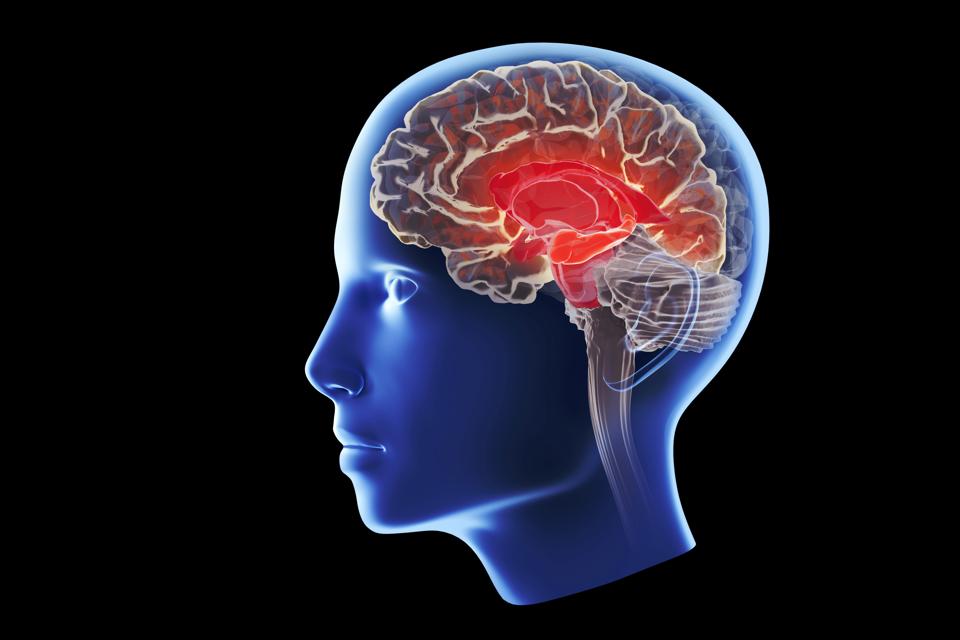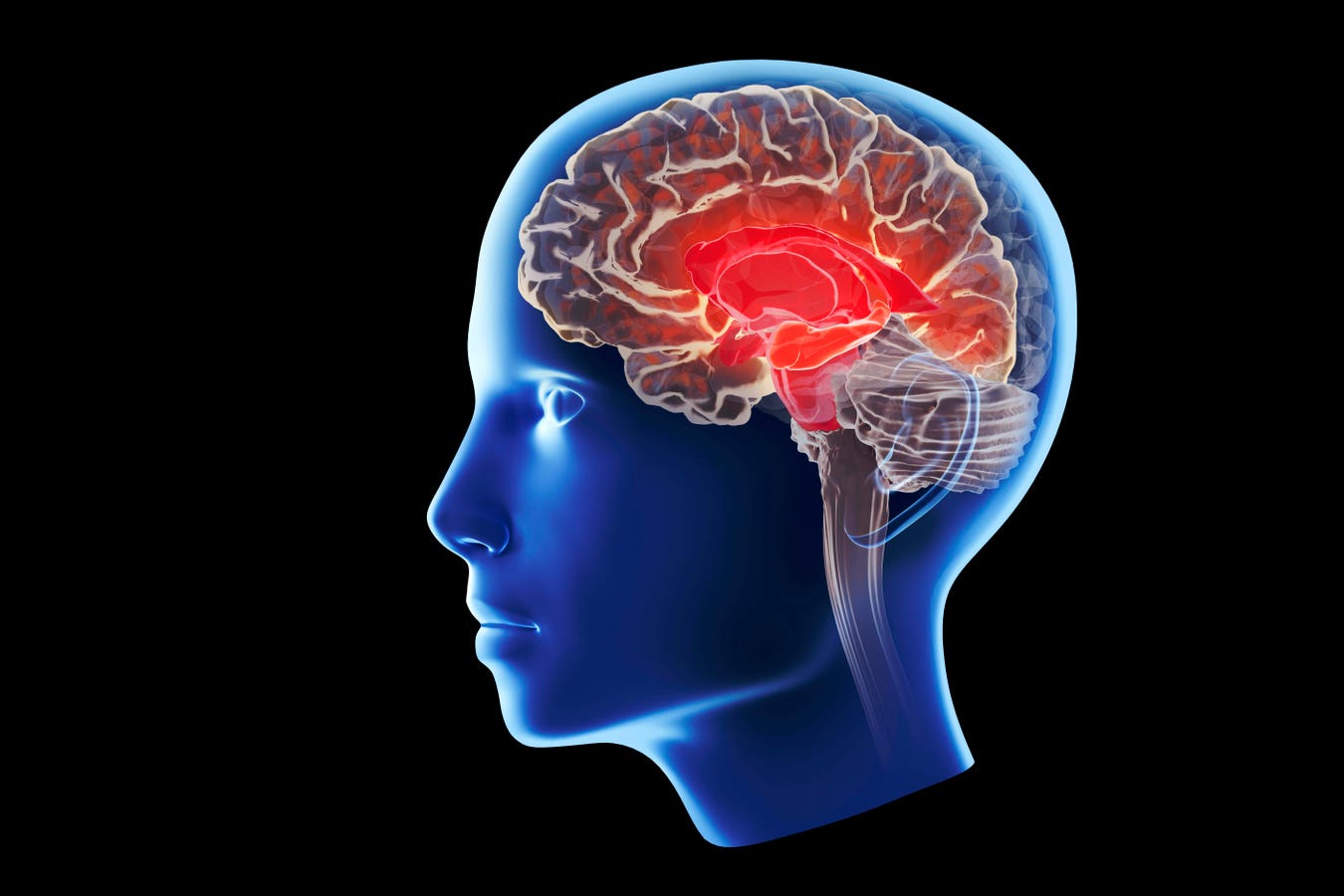
Illustration showing Alzheimer’s disease affecting the hippocampus. Alzheimer’s is a neurodegenerative disease that causes the loss of brain tissue. This leads to the progressive and irreversible loss of mental functions and in particular of memory. Alzheimer’s disease is caused by neuron and synapse degeneration and the formation of protein plaques in the brain. It is the most common cause of dementia in humans.
getty
Molecular proteins of the sort that clump in abnormal patterns in patients with neurological disorders such as Alzheimer’s Disease are now being studied by astrobiologists in an effort to gain fresh insight into the origin of life both here on Earth and beyond.
Amyloids (sticky fibrous protein deposits that clump and aggregate inside various organs and tissues) are teaching astrobiologists about the chain of events that led to prebiotic chemistry here on Earth. But at the same time, what researchers are learning about these odd molecular structures could help medical researchers better understand debilitating neurological diseases like Alzheimer’s, Parkinson’s, Huntington’s, Creutzfeldt–Jakob, and even conditions like Type 2 diabetes.
What causes these agglomerations of proteins to go wrong?
Normally, proteins inside cells fold into very specific and carefully controlled shapes. In biology, shape determines function at every scale, Tomasz Zajkowski, a molecular neurobiologist at Poland’s’ AGH University of Krakow, tells me at the European Astrobiology Institute’s BEACON 25 conference in Reykjavik. Sometimes proteins take a wrong turn in their folding journey, Zajkowski tells me.
Misfolded Proteins
Certain proteins can misfold and start a chain reaction, converting other copies of the same protein into the misfolded form which is what happens in many of these devastating neurological diseases.
Why are amyloids important to understanding the origin of life?
Because we know that amino acids can be delivered to Earth via meteorites, they’re excellent candidates for prebiotic molecules, says Zajkowski.
Amyloids can easily form from short chains of amino acids (peptides) that form easily here on Earth. And a few studies have even suggested the presence of fully-formed peptides inside meteorites, though this remains much less certain.
Ancient Structure
Due to their stability (resistance to heat, enzymes, and chemical breakdown), amyloids are inherently strong candidates for some of Earth’s earliest molecular structures, right at the dawn of biochemistry over 3.5 to 4 billion years ago, says Zajkowski.
Amyloids could have formed even before cells existed.
They may also help fill one of the biggest knowledge gaps in prebiotic chemistry such as how enzymes evolved, says Zajkowski. Modern enzymes are long proteins that fold into precise three-dimensional structures, creating a moisture resistant core that shields chemical reactions from water, he says.
But such long proteins can only be built by ribosomes (protein-building cellular components).
Yet the ribosomes themselves are complicated proteins, so they could not have existed before life began, says Zajkowski.
So, did these amyloids precede RNA and DNA?
Rather than preceding RNA and DNA, amyloids may have arisen alongside them, says Zajkowski.
Asteroid samples, like those returned by NASA’s OSIRIS-REx spacecraft, contain both amino acids as well as the basic building blocks of nucleic acids, like RNA and DNA.
This suggests that on the early Earth peptides capable of stacking into amyloid fibers and primitive nucleic acids likely coexisted, says Zajkowski. In that scenario, amyloids could have provided stable platforms (or scaffolds) for the first life while RNA and DNA developed as information carriers, together laying the groundwork for life’s first systems, he says.
Molecular neurobiologist Tomasz Zajkowski presenting a talk at the recent BEACON 25 astrobiology conference in Iceland.
Marta Marczak-GrzesikNeurological Disaster
But today, amyloids are best known for the havoc they can wreak in neurological disorders. People that have such brain disorders generate many more amyloid proteins which, in turn, can cause neurodegeneration and degradation and even literal holes in the brain.
Even so, by uncovering the general rules that govern protein folding and aggregation, basic amyloid research gives us a clearer map of the pathways that can lead to neurodegeneration, says Zajkowski. It helps separate what is truly causal from what is a byproduct, and it highlights what might be treatable, he says.
The Bottom Line?
Fundamental amyloid science advances both medicine and astrobiology, and each field strengthens the other, says Zajkowski.
ForbesLife On Earth May Have Started Here Repeatedly, Says AstrobiologistBy Bruce Dorminey

